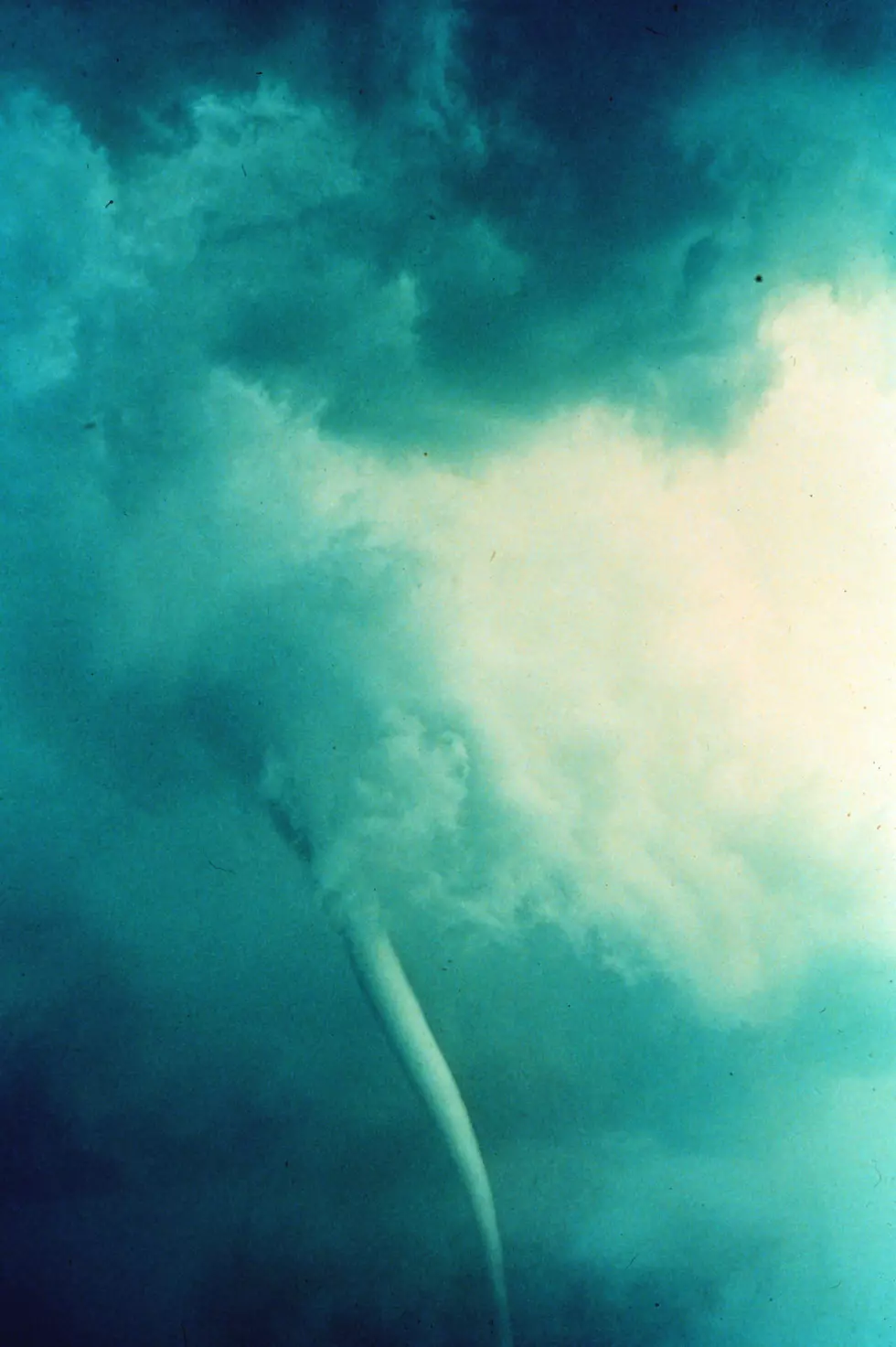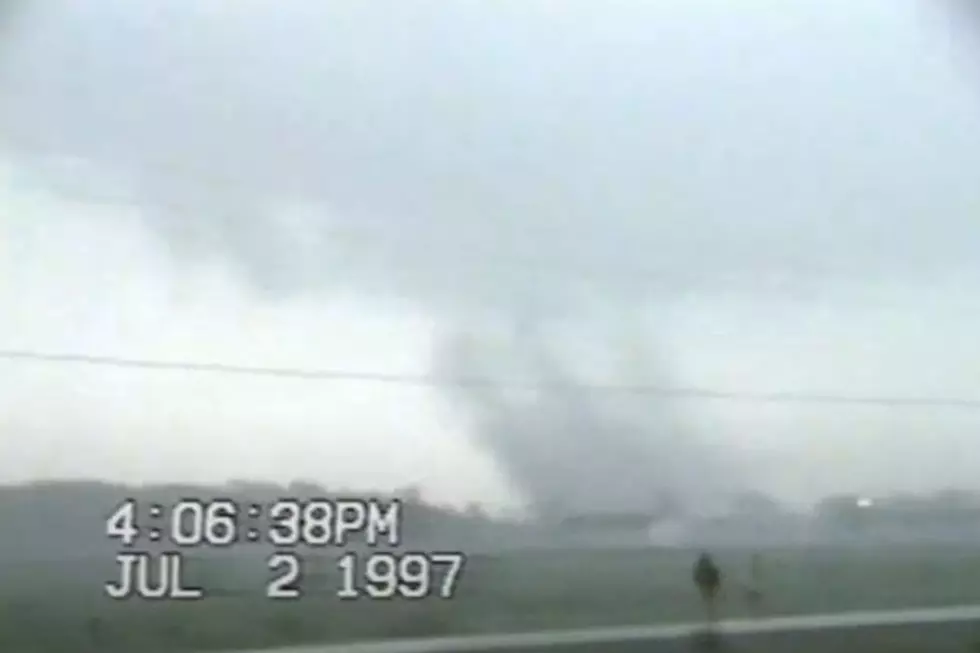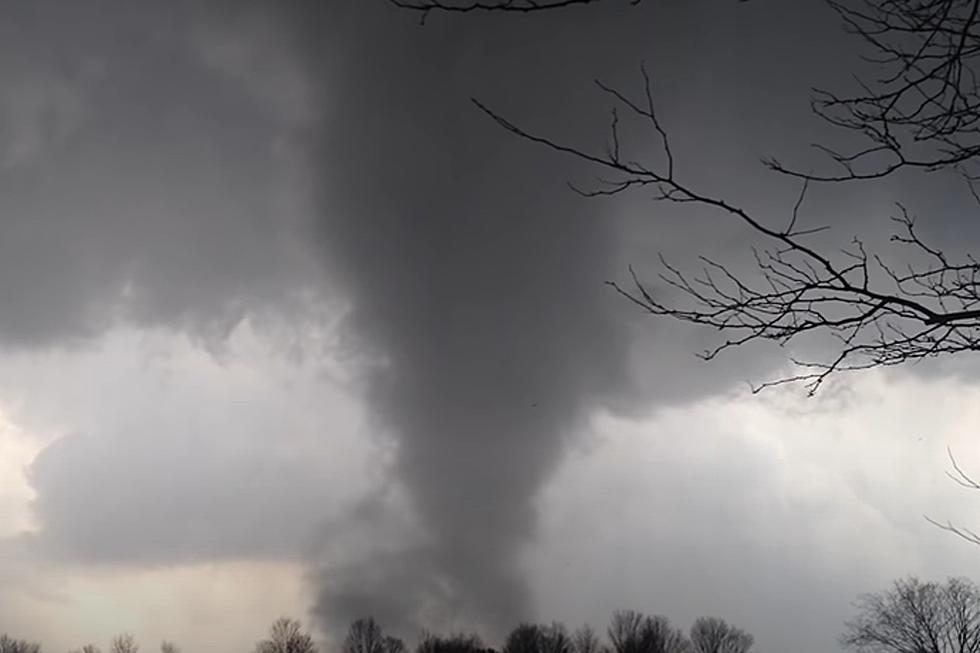
110 Year Anniversary of the Great Blue Norther Storm Delivering Extremely Rare Winter Tornado to Battle Creek
The Great White Norther of 1911 is one of the most intense winter storms to ever strike the American heartland. The storm brought radical temperature changes, blizzards and tornadoes.
One of the areas struck by a tornado was near Battle Creek.
The Battle Creek tornado struck around 10pm, was an F2 with estimated winds from 130-150 mph. The twister struck southeast of the city and damaged homes and barns. There were two other tornadoes in Michigan that night, and a very strong F4 just south of the border that was on the ground for 30 miles near Michigan City, Indiana.
Overall, the storm is described on WIkipedia as
a cold snap that affected the central United States on Saturday, November 11, 1911. Many cities broke record highs, going into the 70s and 80s early that afternoon. By nightfall, cities were dealing with temperatures in the teens and single-digits on the Fahrenheit scale. This is the only day in many midwest cities' weather bureau jurisdictions where the record highs and lows were broken for the same day. Some cities experienced tornadoes on Saturday and a blizzard on Sunday. A blizzard even occurred within one hour after an F4 tornado hit Rock County, Wisconsin.
The main cause of such a dramatic cold snap was an extremely strong storm system separating warm, humid air from frigid, arctic air. Dramatic cold snaps tend to occur mostly in the month of November.
The temperature change in Springfield. Missouri is the largest ever on record. During a short 15 minute span, the temperature fell from 80 to 40 degrees. And a few hours later, the low temperature hit 13 degrees, making a 67 degree change in 10 hours.
One other note on the Great Blue Norther is of interest of numerologists, the storm struck on November 11, 1911 or 11/11/11.
Editor's Note: This article was originally published in 2017 and republished to note the 110 year anniversary of the storm
LOOK: The most expensive weather and climate disasters in recent decades
BONUS VIDEOS - Michigan Nature Series
[h/t WLZW]
More From 107.7 WRKR-FM









